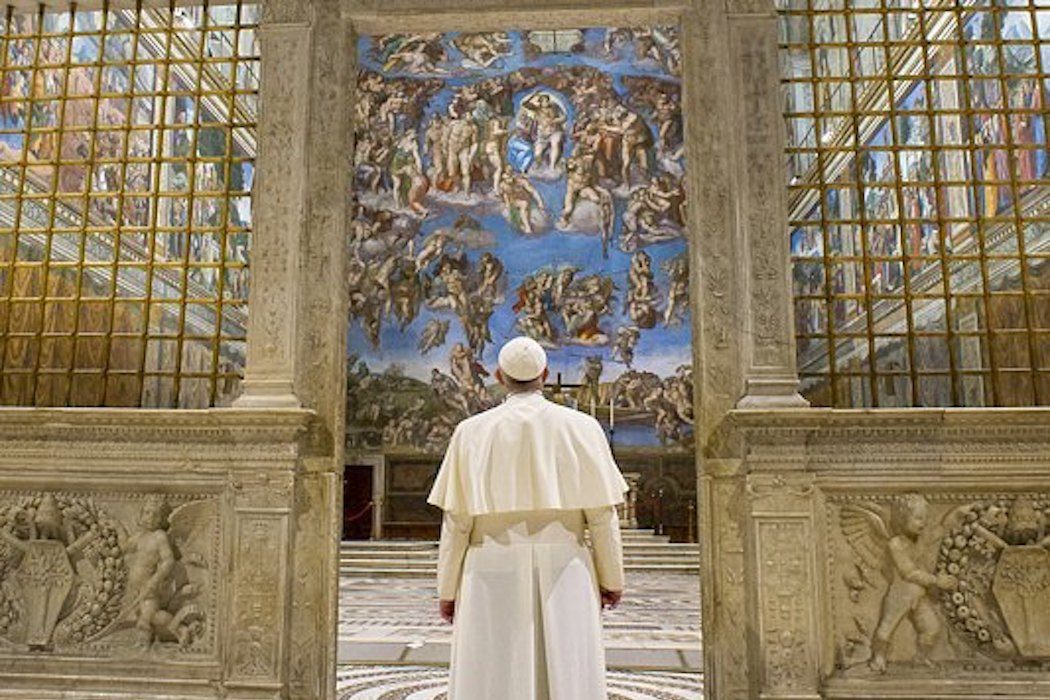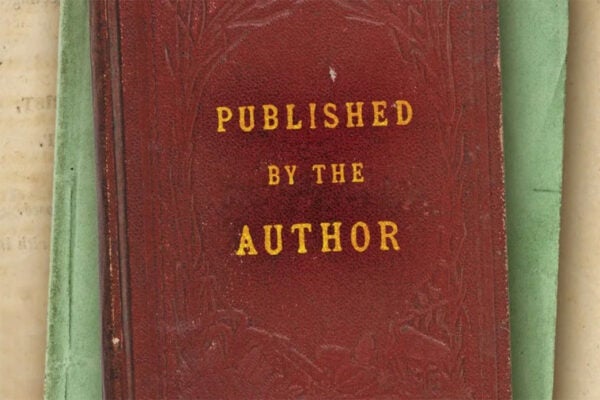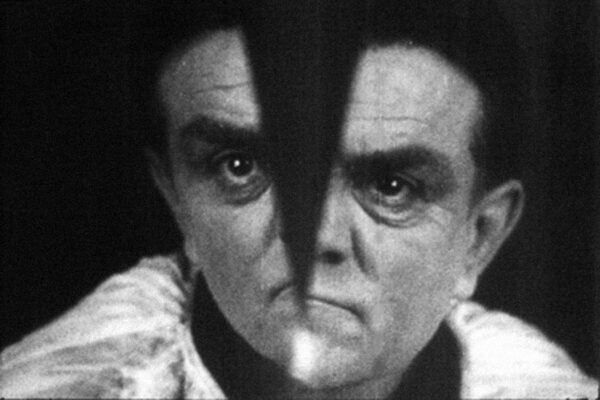A recent documentary based on Pope Francis’s 2015 book My Idea of Art highlights the ways in which Pope Francis hopes to return to the glory days of Renaissance Italy in using contemporary art as an evangelical tool. Elected as the 266th Pope of the Roman Catholic Church in 2013, Pope Francis has redefined the papacy in unique ways.
Just months after Pope Francis’s inauguration, Roland Flamini considered Pope Francis’s approach to his position and to the changing image of the Catholic Church. Flamini begins by pointing out some of the many small ways that Pope Francis immediately broke with tradition, including his opting not to wear the red shoes (instead keeping his “sturdy, well-worn black cap toes”), rejecting the red cape or mozetta, and choosing to wear his iron cross instead of upgrading to the gold one offered to him. Flamini explains, “the pope’s wardrobe choices were just the beginning of a succession of sometimes startling changes he has made to the time-honored patterns of papal behavior.” Other broken traditions include his decision to stay at the Domus Santae Marthae guest house, rather than the larger and more regal papal apartment in the Apostolic Palace. He also chooses to eat “most of his meals in the hotel dining room with the other guests.”
This behavior is enforced by his name choice, after St. Francis of Assissi, “a saint known for his humility and simplicity, and his care for the poor.” Some of Pope Francis’s immediate decisions to decline excess, riches, and frivolity harken back to and echo the minimalism for which St. Francis of Assisi is so well known. Flamini writes, “in a remarkably short time, the first Jesuit pope has defined himself by his simple message of spiritual renewal through more concern for the poor and disenfranchised.”
Because of this austerity, many wondered about the security of the “artistic treasures” of the Vatican under this new pope. Flamini described how the Vatican has a great deal of valuable assets, including “artistic treasures of inestimable values, and some sources are taking the new pope’s unpredictability and his indifference to the panoply of his office to the extreme worry that some art may be put on the block to raise funds for new aid programs.”
Four years into Pope Francis’s papacy, however, art seems to be deeply valued and respected, not at danger of being sold or seen as a frivolity. In Father Antonio Spadaro’s 2013 interview with Pope Francis, they discussed Pope Francis’s love for art, as Pope Francis named specific works of literature, music, paintings, and films that have helped to shape and inspired him. Pope Francis said “that great artists know how to present the tragic and painful realities of life with beauty” and with the new release of Pope Francis: My Idea of Art, we see this new pope continuing to nurture the arts, considering the power of art as a powerful and evangelical tool.
Editor’s Note: This article was amended to correct a few errant apostrophes.







